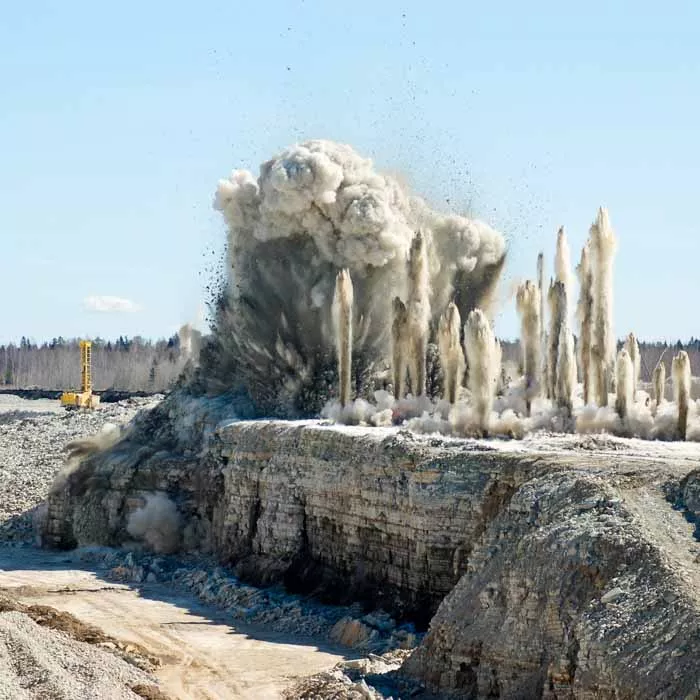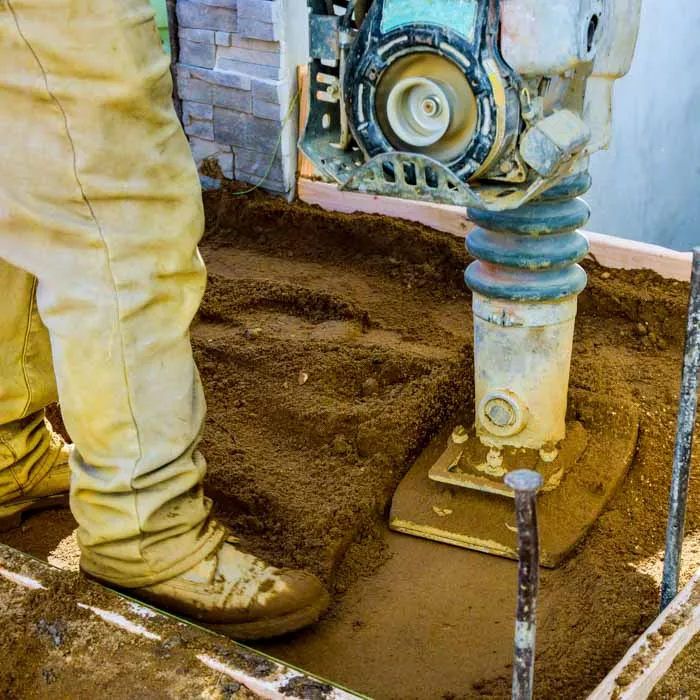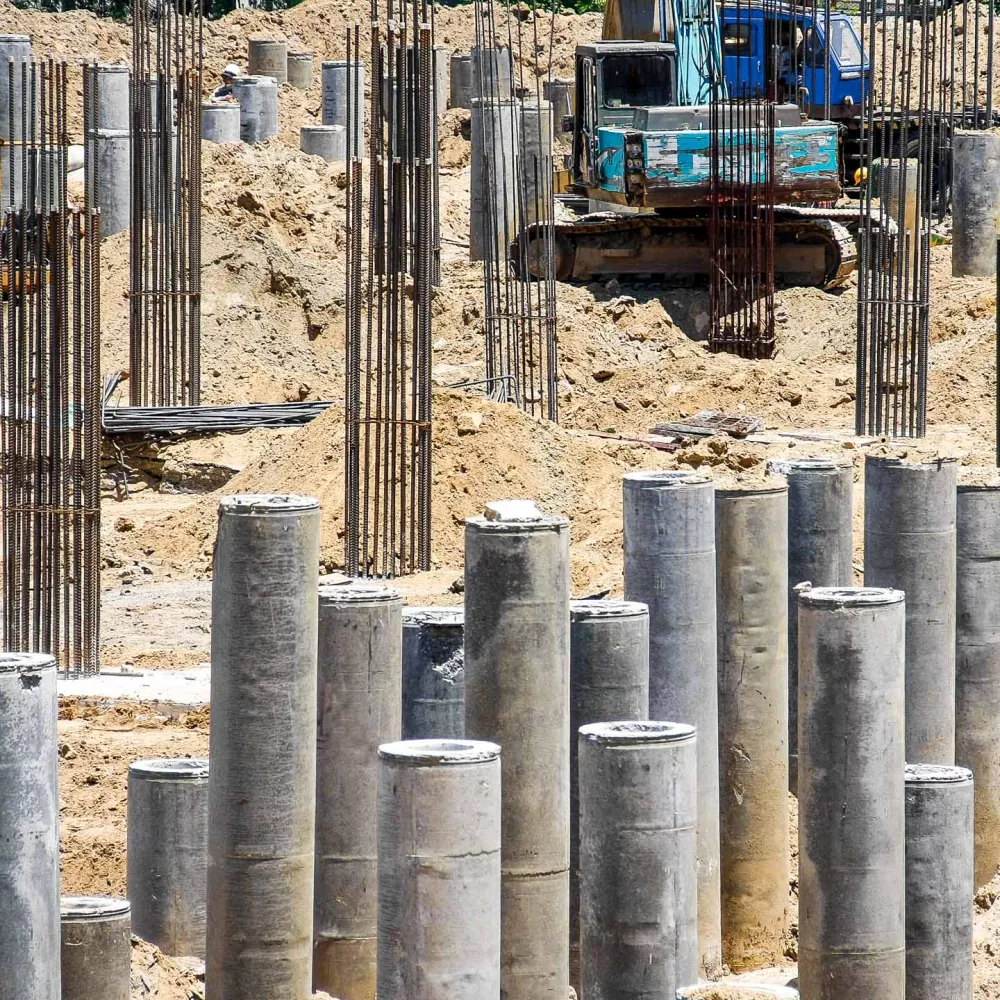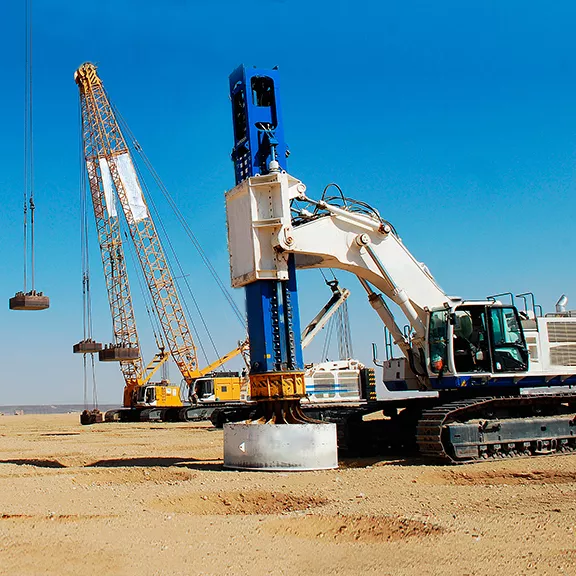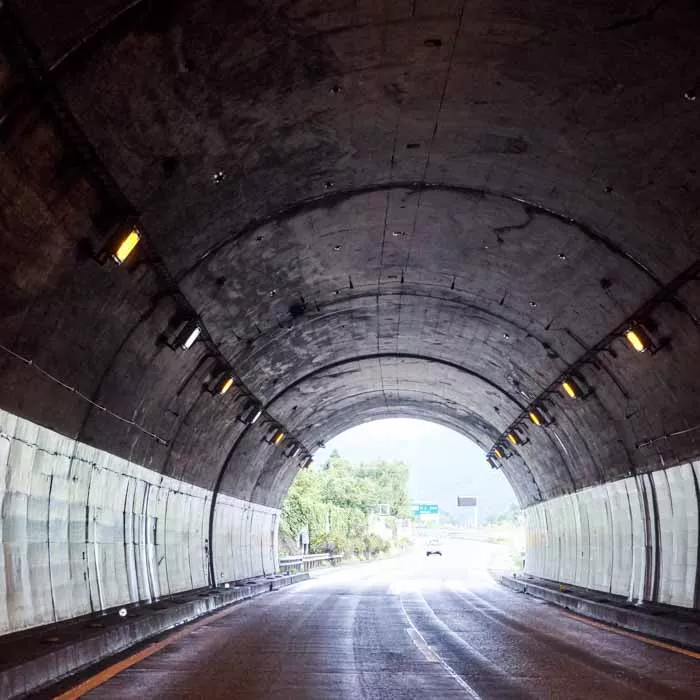Blasting
Blasting through rock creates strong ground vibrations air overpressure and noise that propagate to neighboring structures.
Why Monitor Your Blasting Project?
Controlled blasting activities are used extensively. In urban areas to create underground parking garages, or bedrock foundations, in cross urban areas during road and bridge construction and in more rural areas where quarries and mining operations are found. Regardless the area blasting explosives create strong vibrations that can potentially damage nearby homes, buildings, sewer lines and other structures. Blasting can also cause air overpressure which produces a force of air. This force of air can set off car alarms and damage windows. Even when these activities are performed under best-case scenarios, they can cause concern to neighboring buildings and homeowners.
Understandably, when china cabinets rattle or car alarms go off, people are often led to believe that their property is being damaged by the nearby construction activity. This can lead to formal complaints which can result in project suspensions and even fines. Noise levels can also be a health and safety concern for your workers.
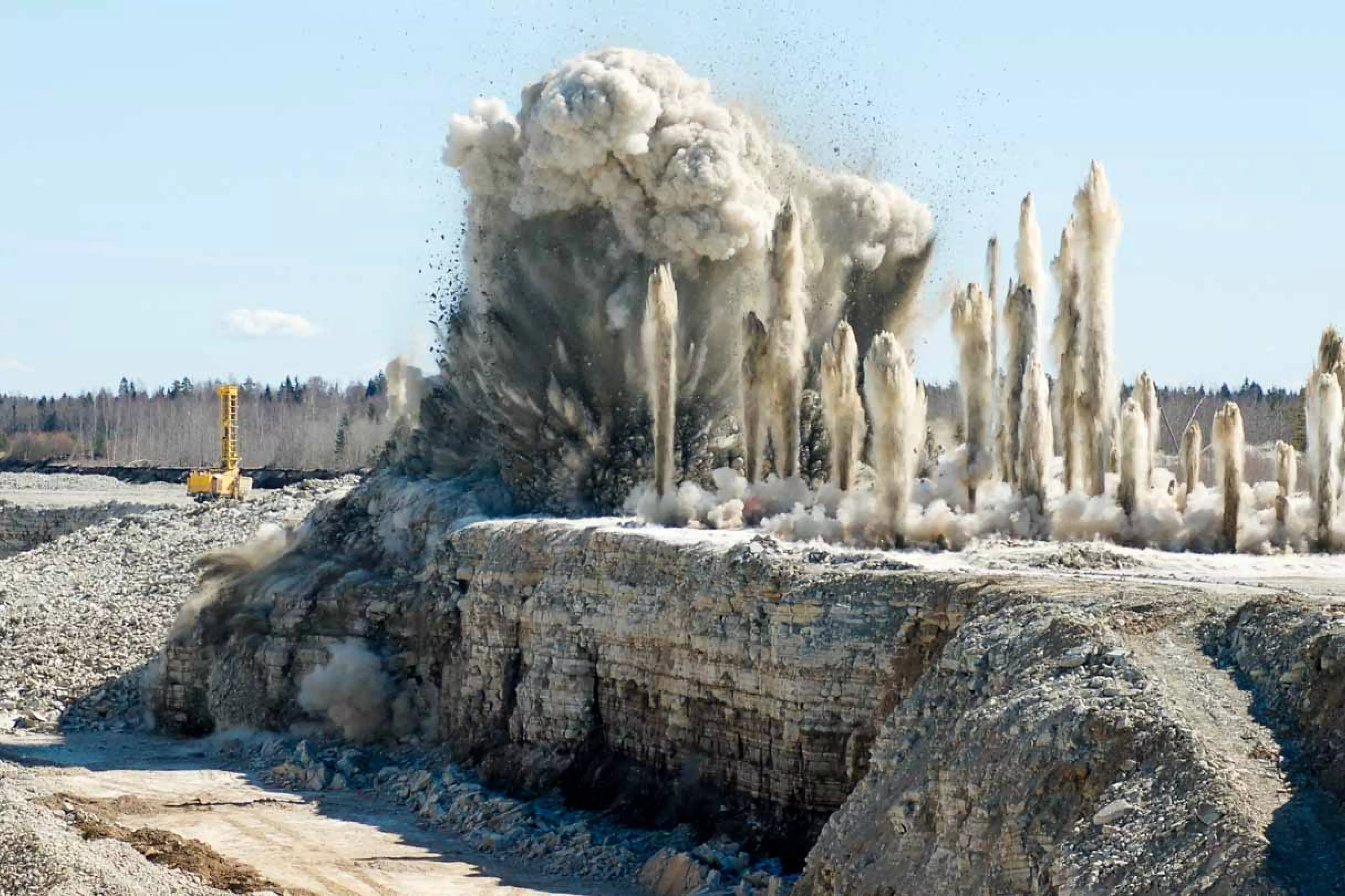
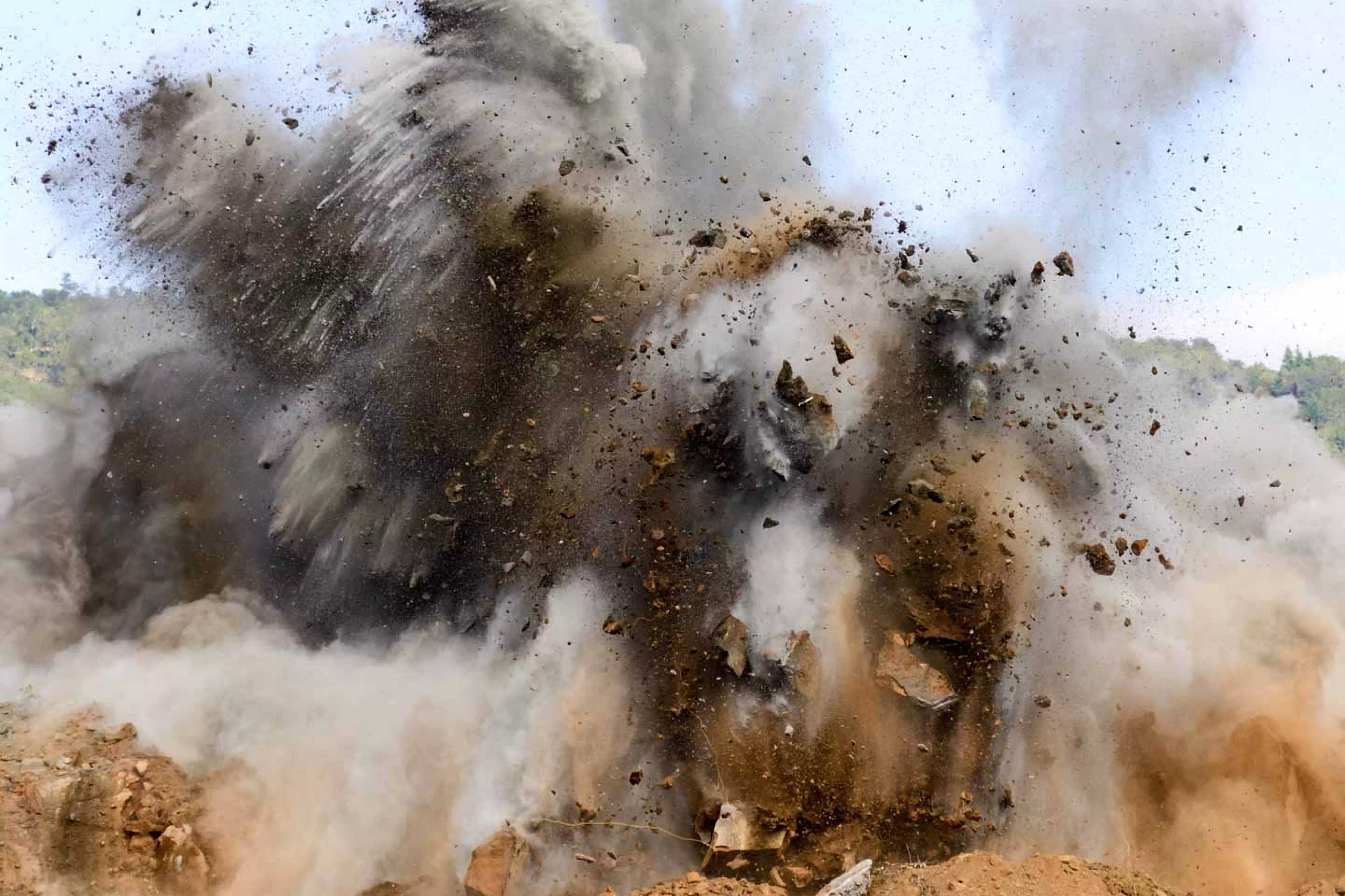
How Instantel Can Help
Using monitoring equipment from Instantel, you can record and monitor vibration, air overpressure and/or noise levels on your blasting site. As recorded data can be viewed almost immediately, you can adjust your blasting activities before regulatory limits are exceeded or before concerns develop. Warnings and alarms can be triggered based on pre-configured trigger levels that you set, and these can be different for each job. Notifications can be sent to you, or to any party you select, and these can be viewed on computers, laptops, tablets or smartphones. An historical record of data can be maintained to protect you from future claims and liability.
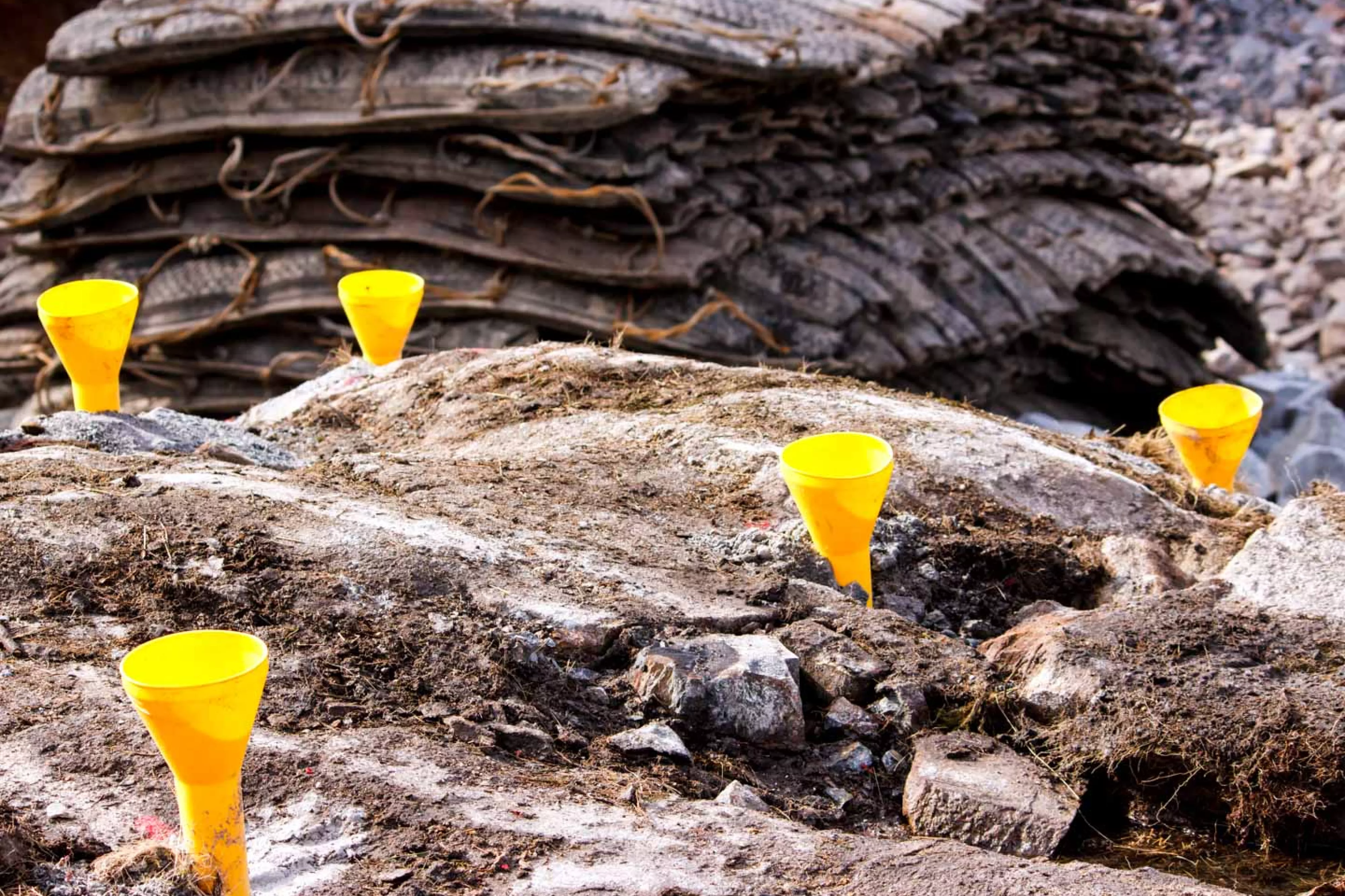
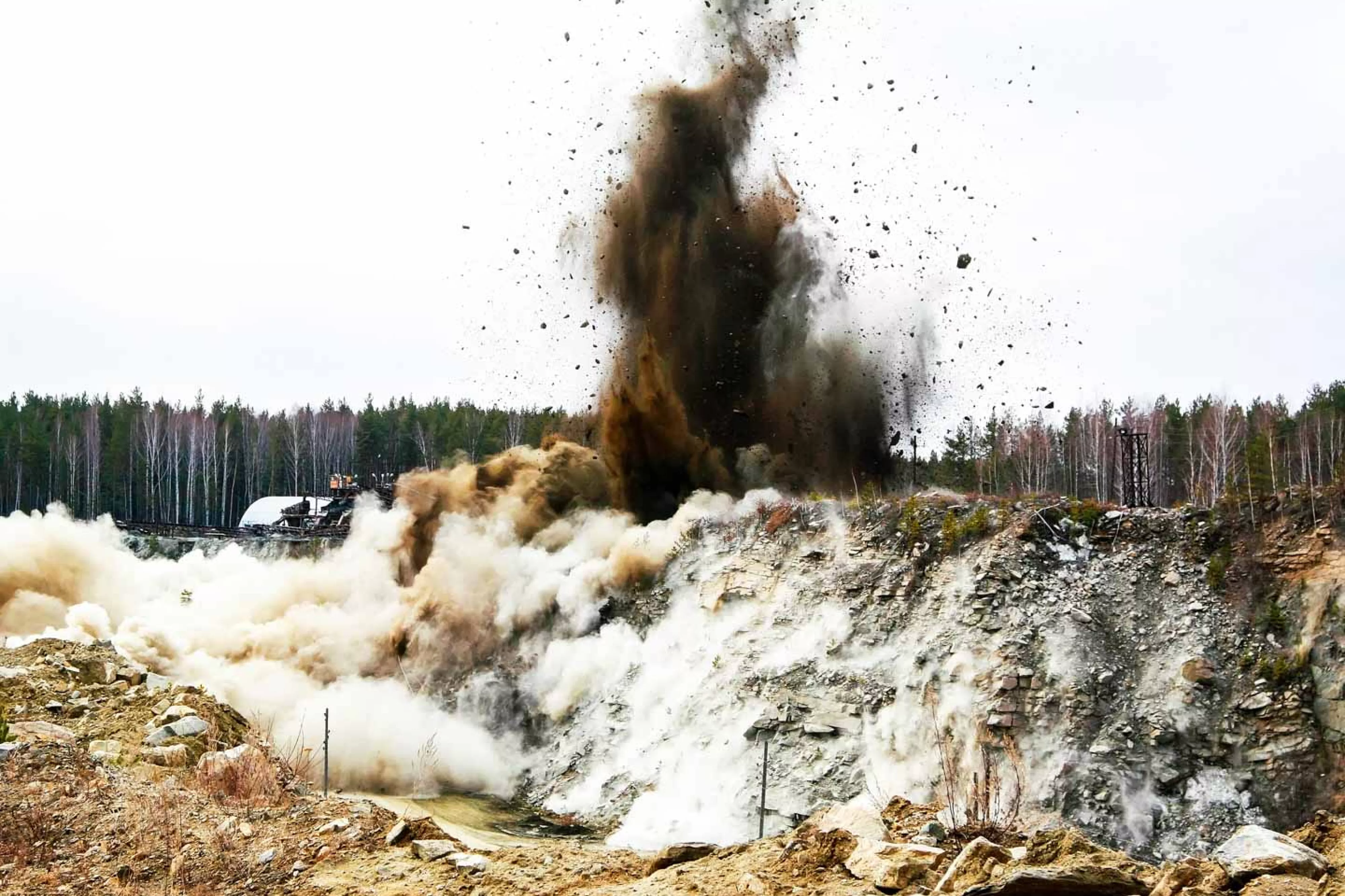
THOR
When explosives are detonated the surface blast energy dissipates in all directions in a circular (or spherical) path surrounding the blast. An estimate of the effects of the explosive charges with the expected vibration levels at different distances can be calculated. This is known as Scaled Distance.
THOR calculates the scaled distance based on the distance from the event source divided by the square root of the weight of the explosives detonated, (as well as factoring in any delays). THOR’s Scaled Distance files display the estimates graphically to better visualize their effect. The scaled distance graph can reflect the Square Root, Cube Root, or Air Blast. You can also customize the percentage of the regression plotline.
